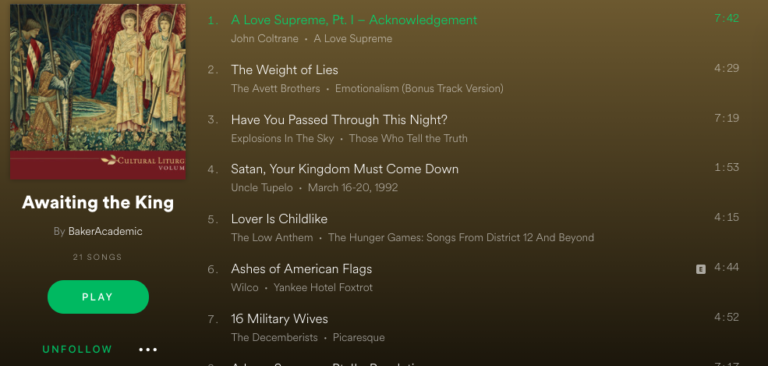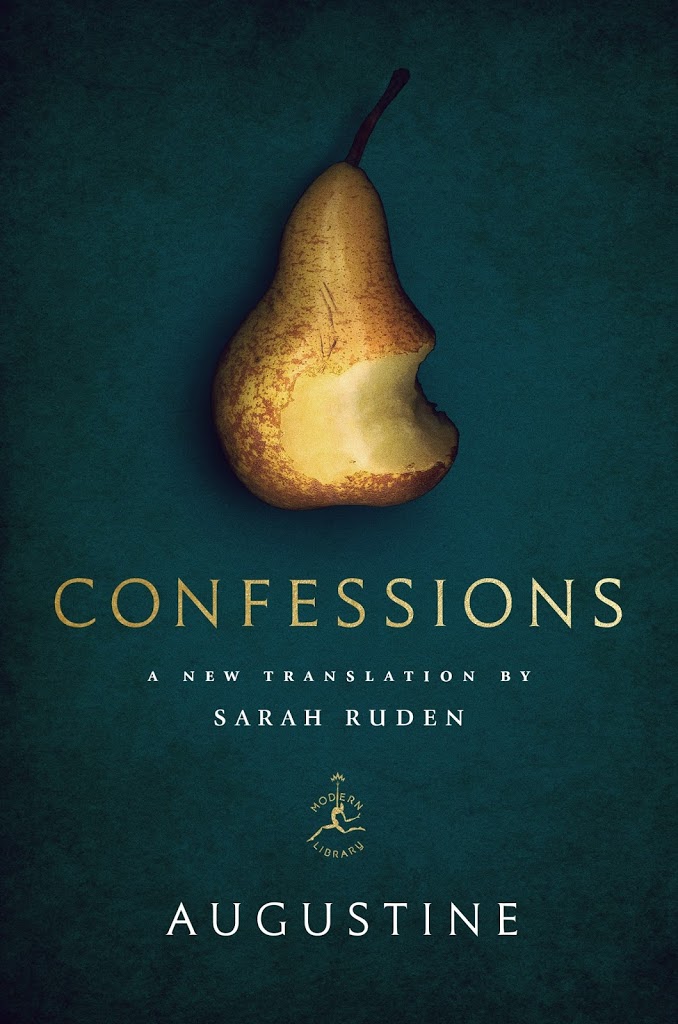Life from Death: Of Soil and Stones Rolled Away
 Easter Sunday was a beautiful spring day here in Grand Rapids, so in the spirit of sabbath-keeping we actually set about laboring in our gardens. Such work is restorative in many ways: it’s a labor of stewardship, but it’s also get-your-hands-dirty work that is a welcome change from the cerebral labor of my week. Sometimes work is rest.
Easter Sunday was a beautiful spring day here in Grand Rapids, so in the spirit of sabbath-keeping we actually set about laboring in our gardens. Such work is restorative in many ways: it’s a labor of stewardship, but it’s also get-your-hands-dirty work that is a welcome change from the cerebral labor of my week. Sometimes work is rest.
But this first day digging into the garden was particularly special this year. All last summer we were dumping the detritus of our eating and living into a vast compost at the back of the yard. Carrot peels and avocado skins, maple leaves and pea pods, all piled in hope and expectation that from this waste would come soil. For this process, the death-dealing of winter is actually a period of incubation.
And so we expectantly pried the pitchfork into the pile and cracked open the crust, peering beneath. To our delight and surprise, the gray layer gave way to a dark, rich humus teeming with big, juicy worms. “That’s black gold!,” my wife giddily observed. As we trucked loads of this new soil over to the garden, it was hard to resist the analogy: that here in our backyard was its own kind of resurrection–that from death was springing life that would now give abundant life to our parsnips and eggplant and zucchini.
The analogy has its dangers. I don’t want to backhandedly naturalize Good Friday with a kind of biological necessity. But might it be that resurrection is kind of “natural?” That the creation called into being by our life-giving Creator has an impulsion to triumph over death? That the Son in whom this all holds together put on display the resurrecting impulse of his creation in an especially intense way?
In any case, it seems to me that we hit upon a new Easter tradition–that nothing could be more appropriate than rolling away the stones and getting our hands dirty in the gift of new soil, with hopes of life to come.



